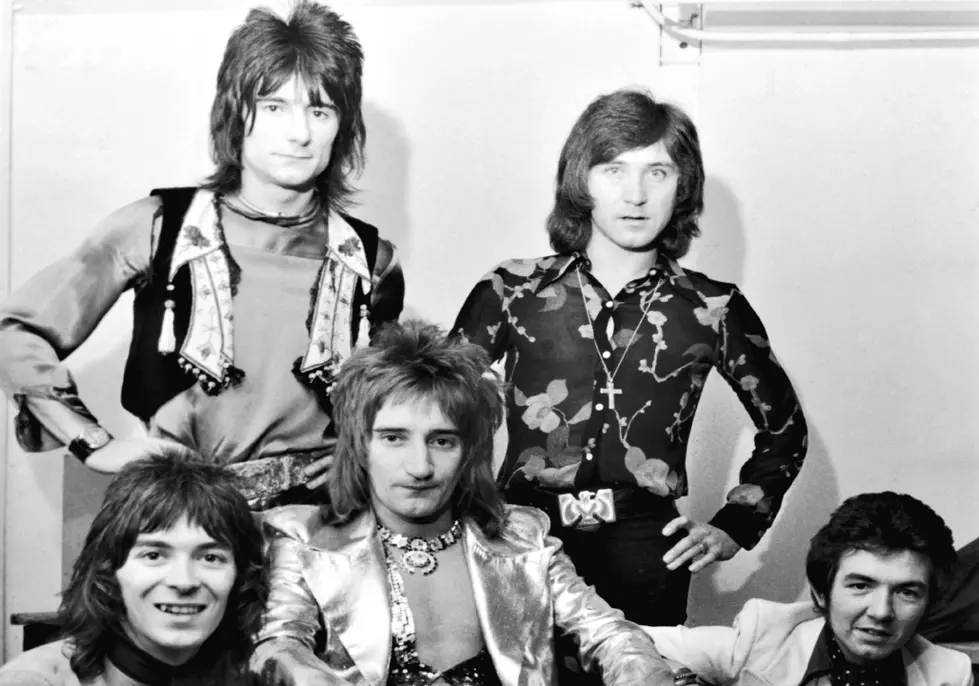
The Roots of Indie: The Moog Synthesizer
The electronic keyboard is ubiquitous in all genres of music. Whether your tastes lean toward classic rock, Taylor Swift, or Interpol, somebody is rocking a synthesizer. In fact, thanks to the recent synth-pop revival, keyboard-driven music is enjoying its greatest popularity since the days of headbands and parachute pants.
The '80s may have been a gold rush for keytar wearing proto-hipsters, but the synthesizer predates new wave by a good 30 years. The 1955 sci-fi classic, 'Forbidden Planet,' boasts an electronic score, for example, but those early machines were enormous, expensive -- and very limited.
The problem was simply that technology hadn't caught up to what those early engineers were trying to accomplish. That changed in 1960 with the introduction of a transistor capable of much more than vacuum tubes in a fraction of the space.
Robert Moog was an early adopter, and by 1964 his first analog synthesizer was ready for prime time. He presented both his prototype and a paper, 'Voltage-Controlled Electronic Music Modules,' at the annual Audio Engineering Society conference that year.
That's a watershed moment, but it would take the release of Wendy Carlos's 'Switched On Bach' four years later to bring the Moog to the masses. The album marks not only the commercial breakthrough of electronic music, but also remains one of the best-selling classical albums of all time.
From there it was a short leap to popular music, with everyone from the Beatles to Stevie Wonder adding Moog to their tracks. Prog rockers took to the instrument, too, surrounding themselves with enormous banks of patch panels for noodly solos composed of electronic bleeps and bloops.
Perhaps the earliest prototype of synth-pop to really make a dent in pop culture was 1972's 'Popcorn' by Hot Butter. Their version is actually a cover, the original having been recorded three years earlier by its composer, Gershon Kingsley.
Kingsley's version sounds a bit like an electronic rumba while Hot Butter's cover manages a sort of yin-yang of funky coldness:
"Funky coldness" and the song's popularity (it reached the Top 40) are what distinguish 'Popcorn' as the prototype for synth-pop. Leave it to the Germans to take that ball and run with it. Kraftwerk had been around since 1970, but it's their fourth album, 1974's 'Autobahn,' that really comes together as what we recognize today as electronica in any of its forms.
Krafwerk used the Minimoog on 'Autobahn,' the Moog company's relatively new and much more compact synthesizer. The keyboard featured less functionality than other models, but it sported the benefits of portability and a lower price point, which would make it the dominant electronic instrument of the '70s.
Among the Minimoog's innovations was the pitch wheel, a sort of large scroll wheel to the left of the keyboard that allowed musicians to bend notes. Prior to that little innovation, keyboard players could only watch as their guitar-wielding brethren stretched strings across their fretboards or dive-bombed their whammy bars.
The importance of the pitch wheel to the first wave of synth bands -- the post-punk/new wave era -- cannot be overstated. The Cars were early adopters on their eponymous 1978 debut. That album combined elements of Top 40 and electronic music to create the most commercially potent synth-pop to date:
It was the sound of the future.
The kind of commercial success that the Minimoog enjoyed always triggers competition, and in some ways that's perhaps the Moog's greatest legacy. By the end of the '70s, quality competitors like the Prophet-5 began to crowd the marketplace, as did synth-driven music. It was the sound of the future, so much so that even classic rock acts like Alice Cooper took a shot at making synth-heavy new wave records.
A fear of sorts settled over the music world that the machines were taking over. In an interview on MTV during that period, Gary Numan noted that electronic music was simply music played on a different instrument -- a delineation that seems both quaint and obvious in retrospect.
Keyboards took their next great leap forward during the '80s, moving from analog equipment like the Minimoog to digital keyboards like the Yamaha DX-7 and the Synclavier that not only were more reliable (Moogs tended to go out of tune as they warmed up) and richly featured, but also enabled sampling. The competition eventually ran Moog out of business, but not before being the first to market with the most '80s of instruments: the keytar.
When it comes to music, everything old is new again.
The company declared bankruptcy in 1986, but when it comes to music, everything old is eventually new again. As a new generation discovered and then tried to replicate the sound of records by bands like the Cars, Kraftwerk, and Gary Numan, the prices of used Moog equipment soared. Eventually Robert Moog bought back the name and started a new company in 2002. The Minimoog is back, and it still sounds great.
Moog is the great taproot of electronic music. Without Bob Moog's giant breakthrough in the early '60s, we'd have no electronica, synth-pop, new wave, techno, EDM -- on and on.
That's quite the legacy.
More From Diffuser.fm


